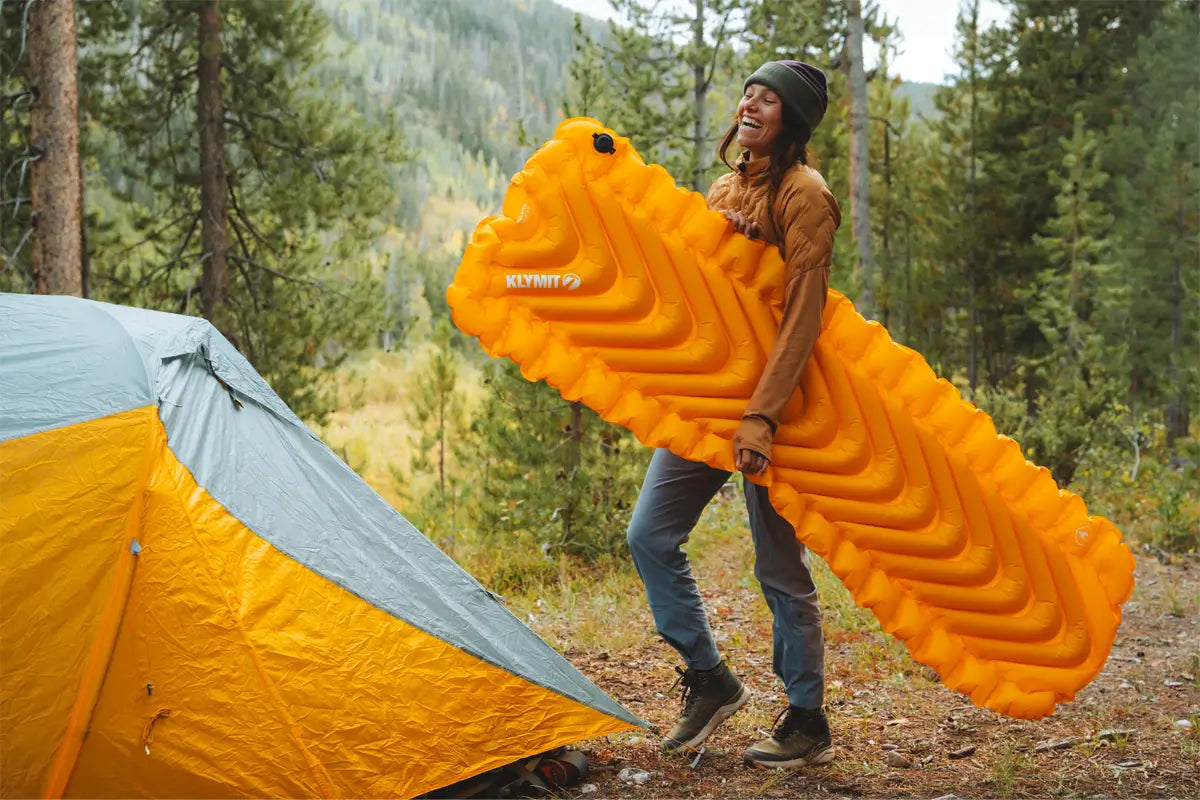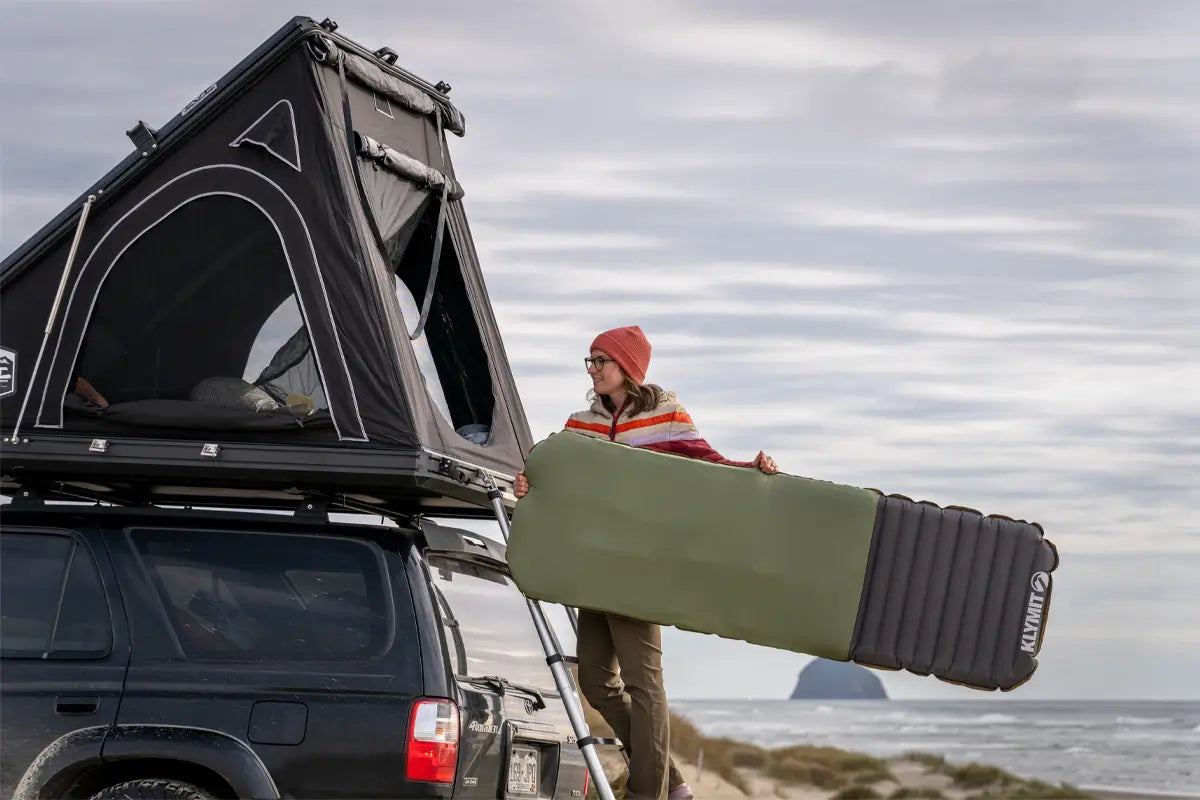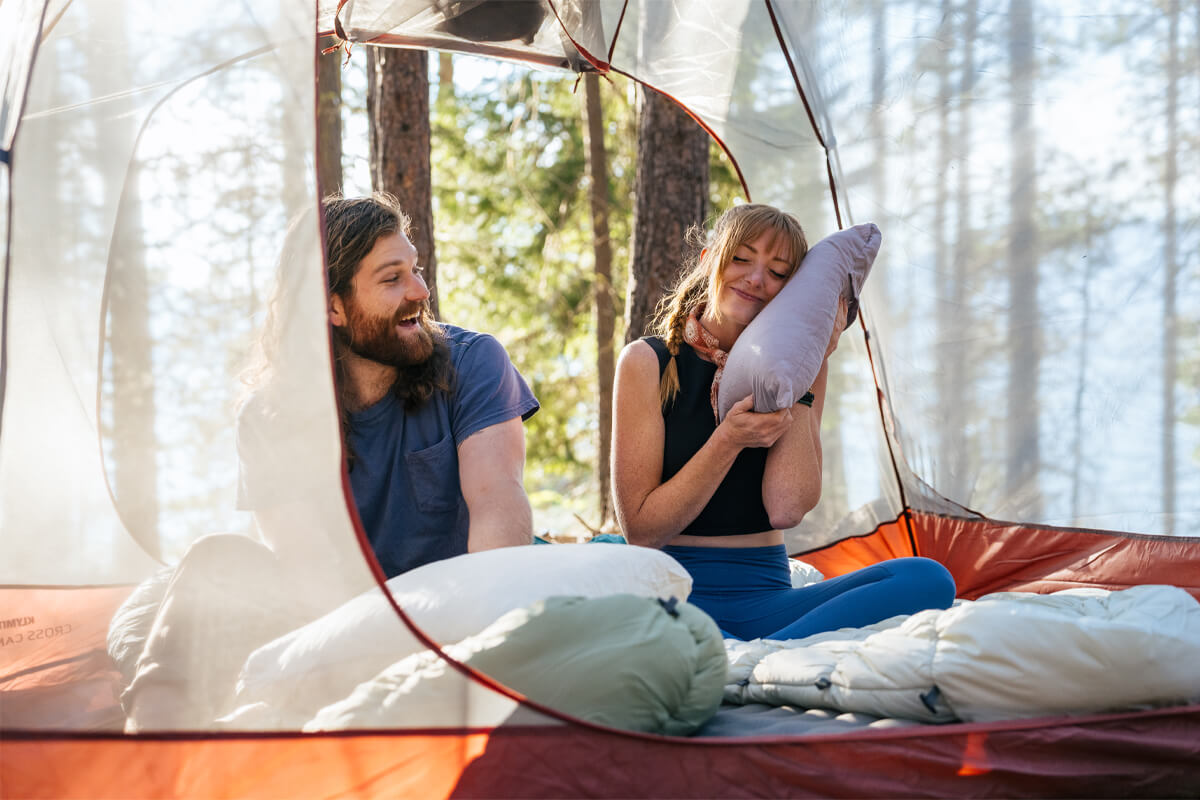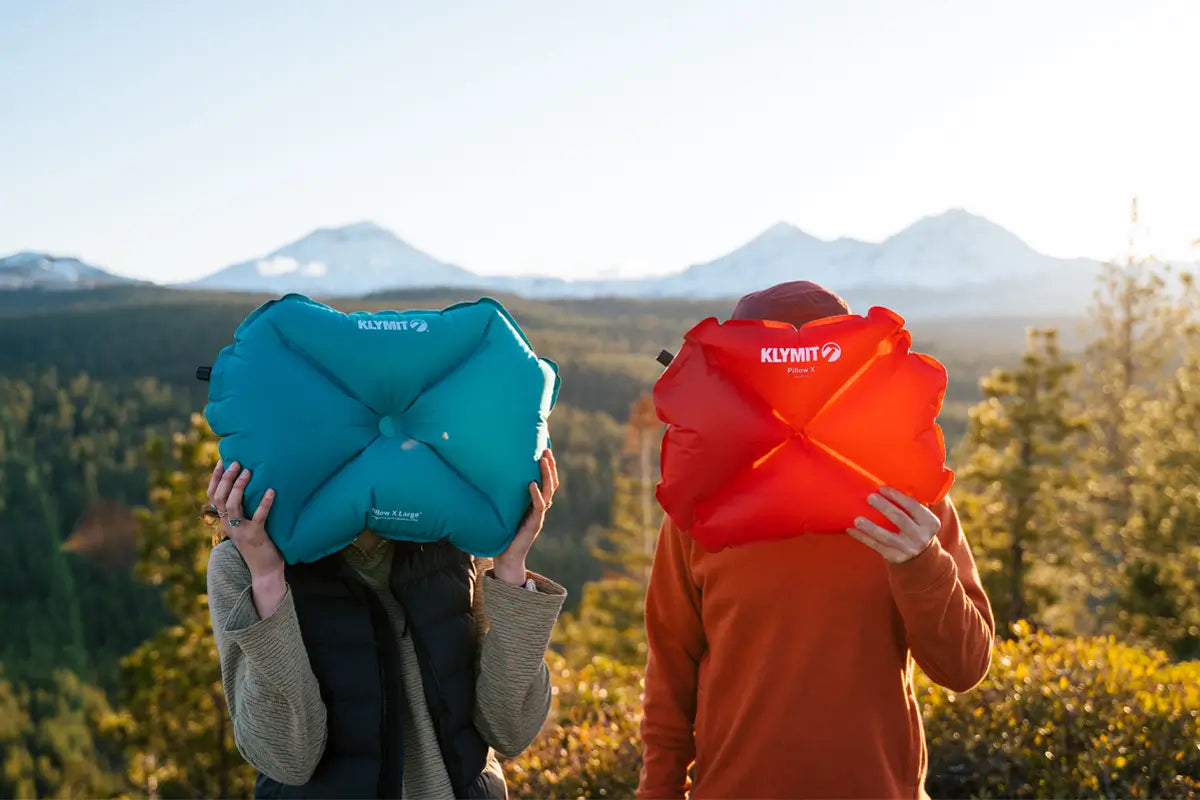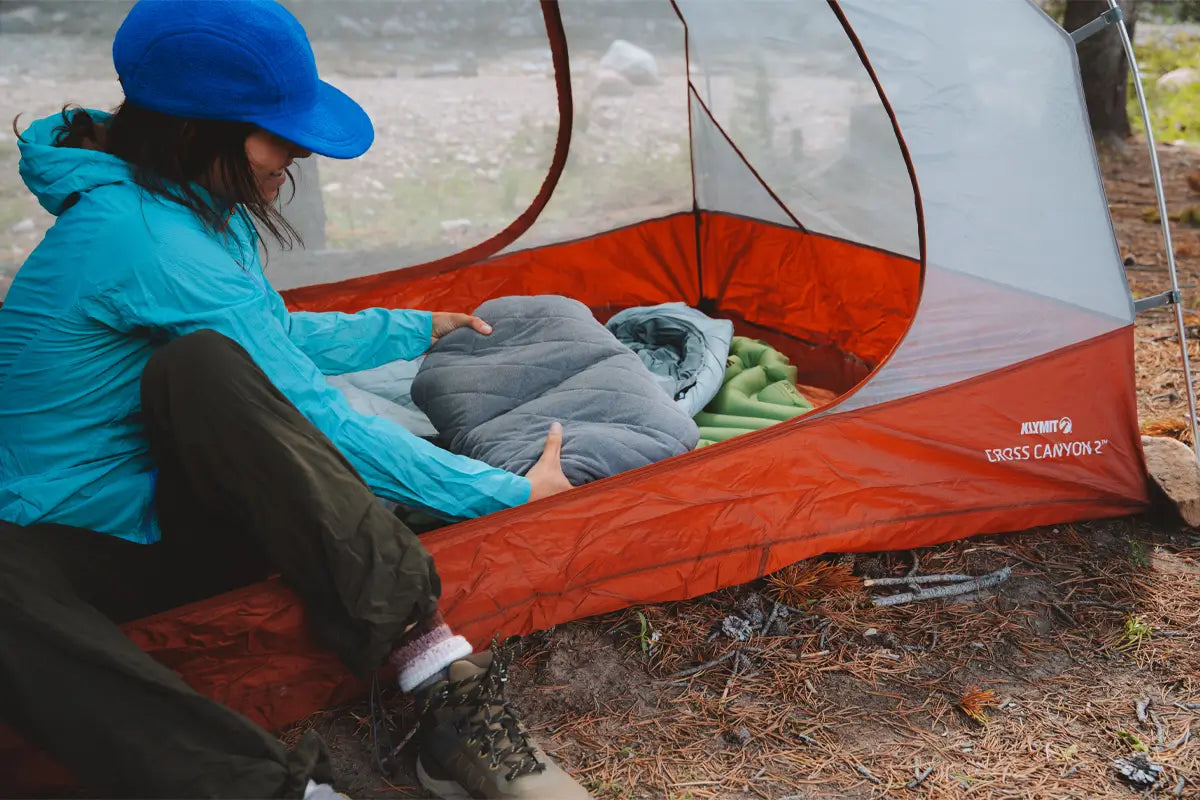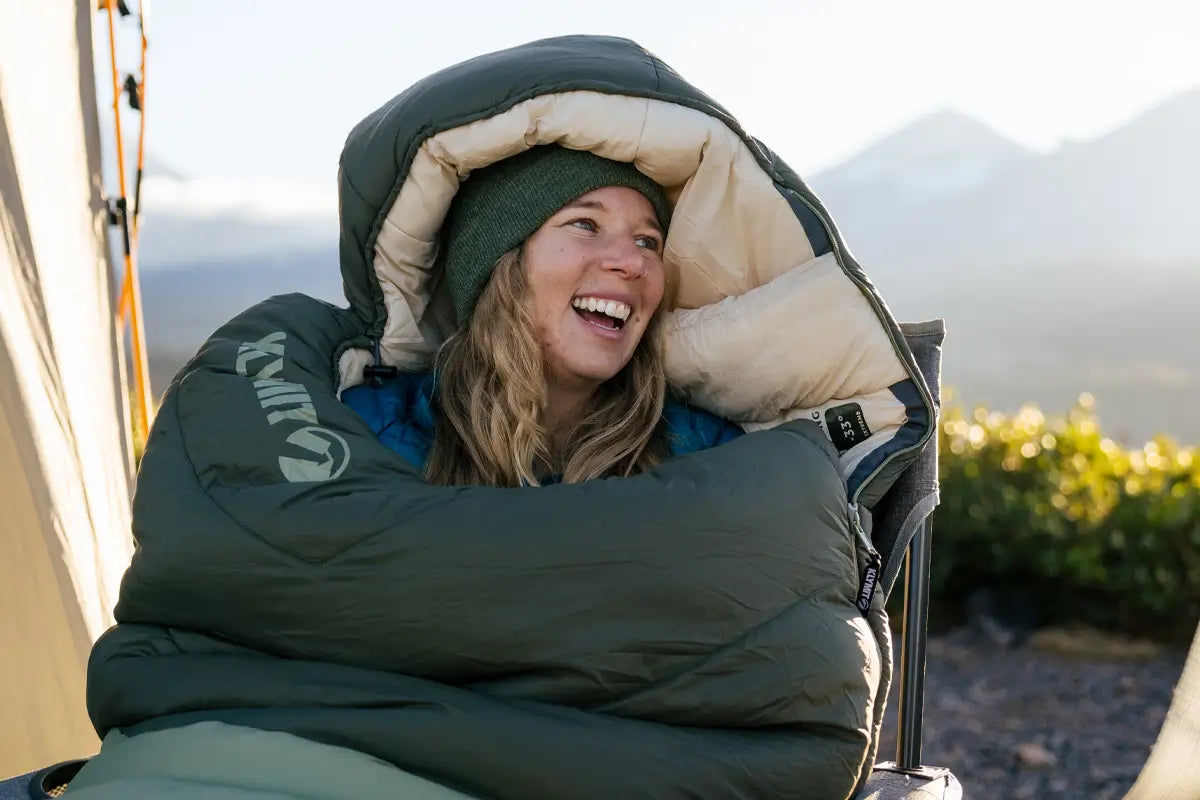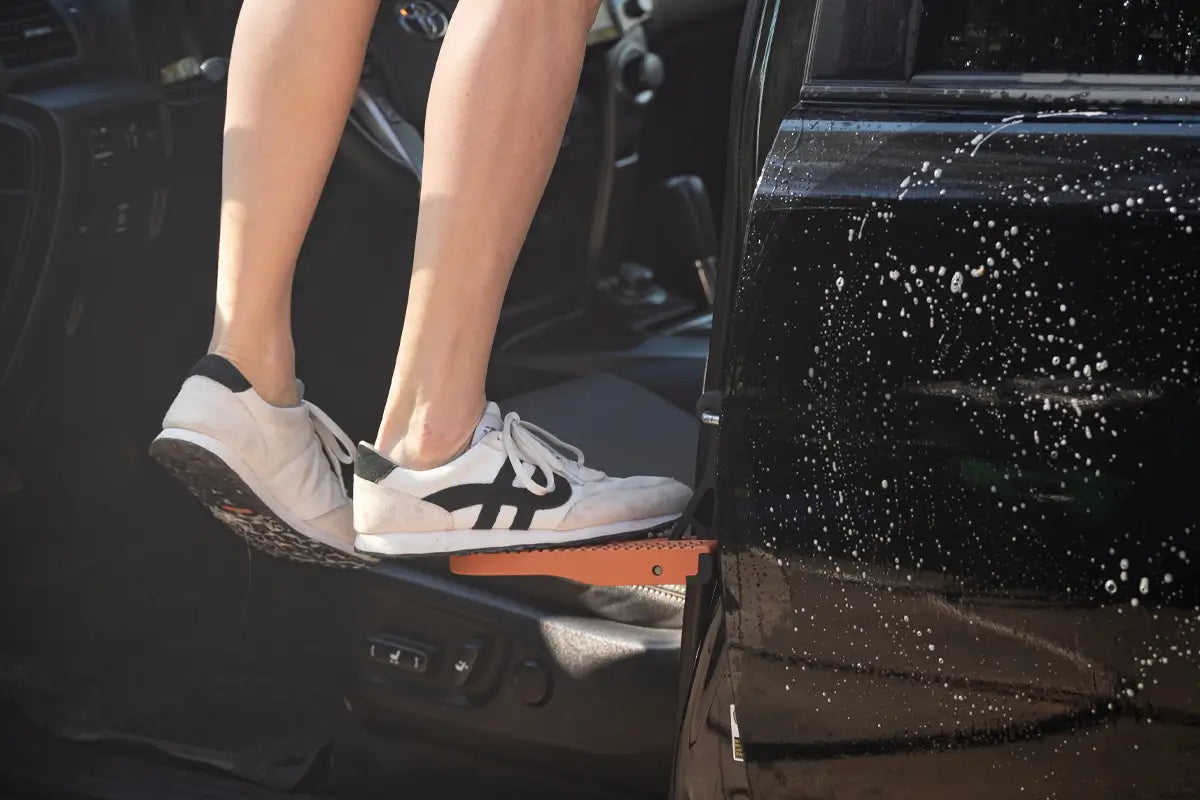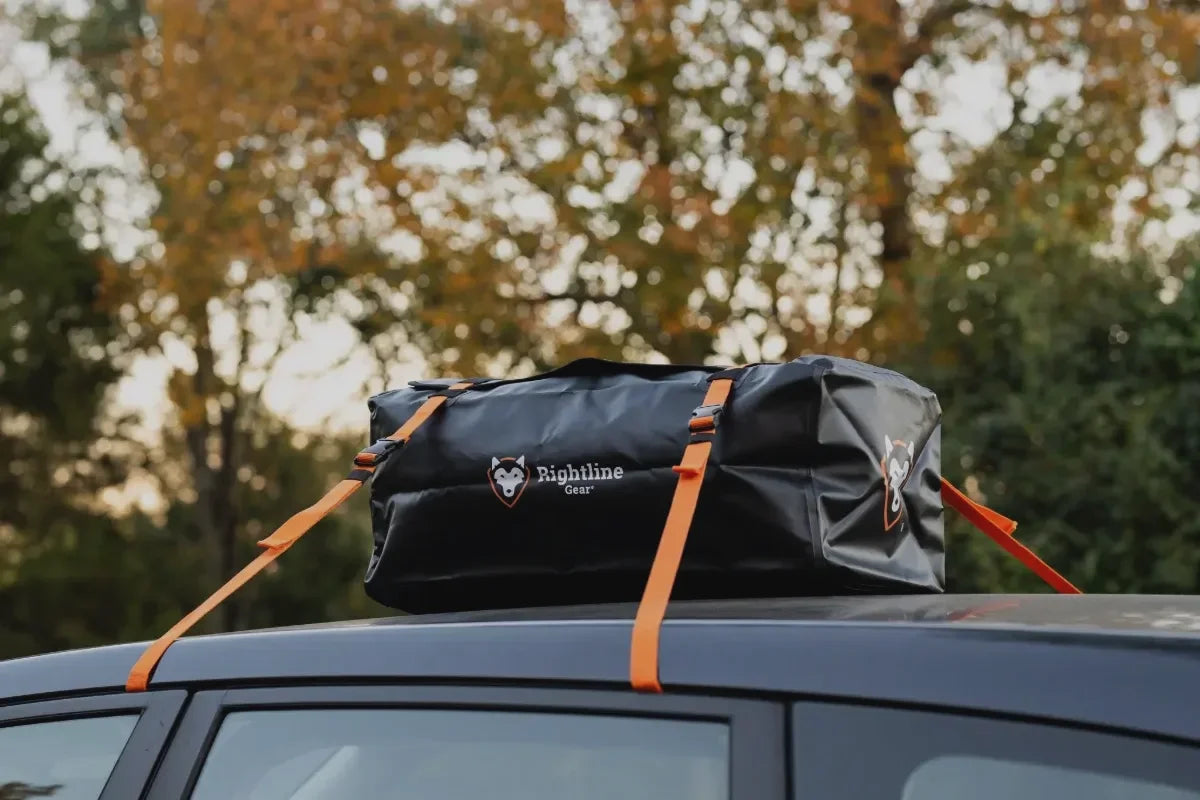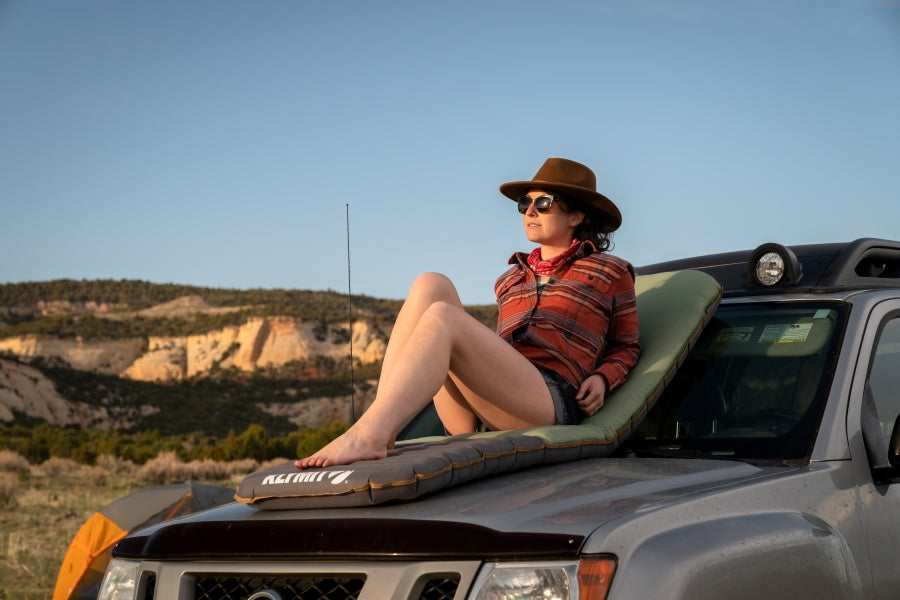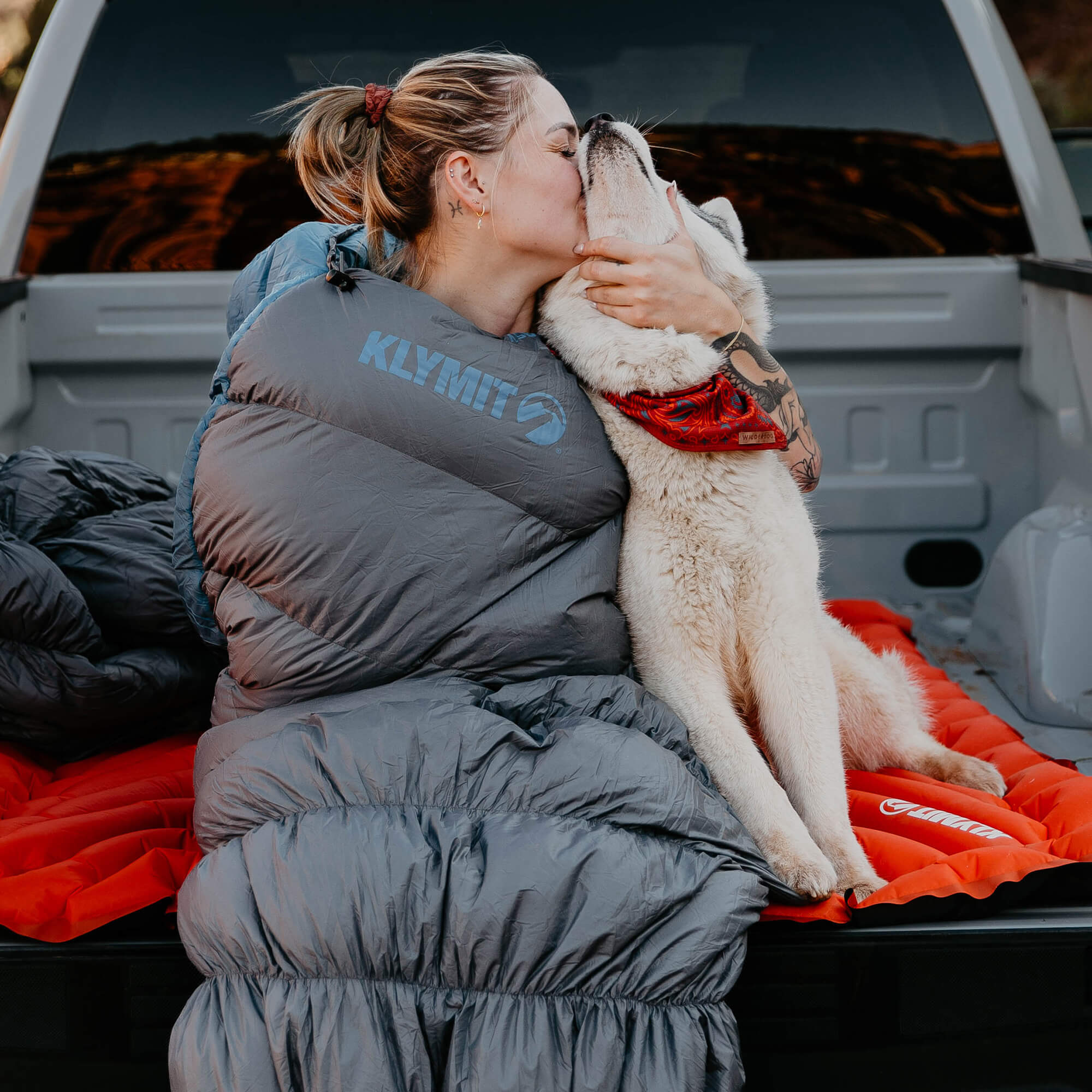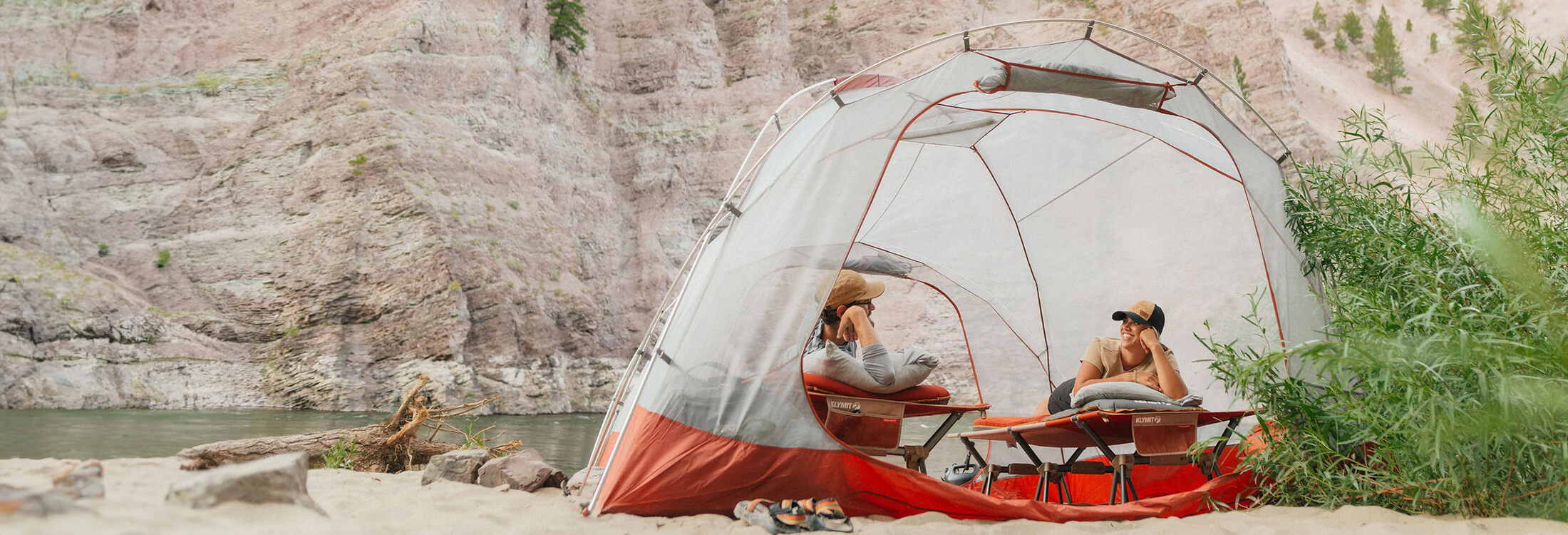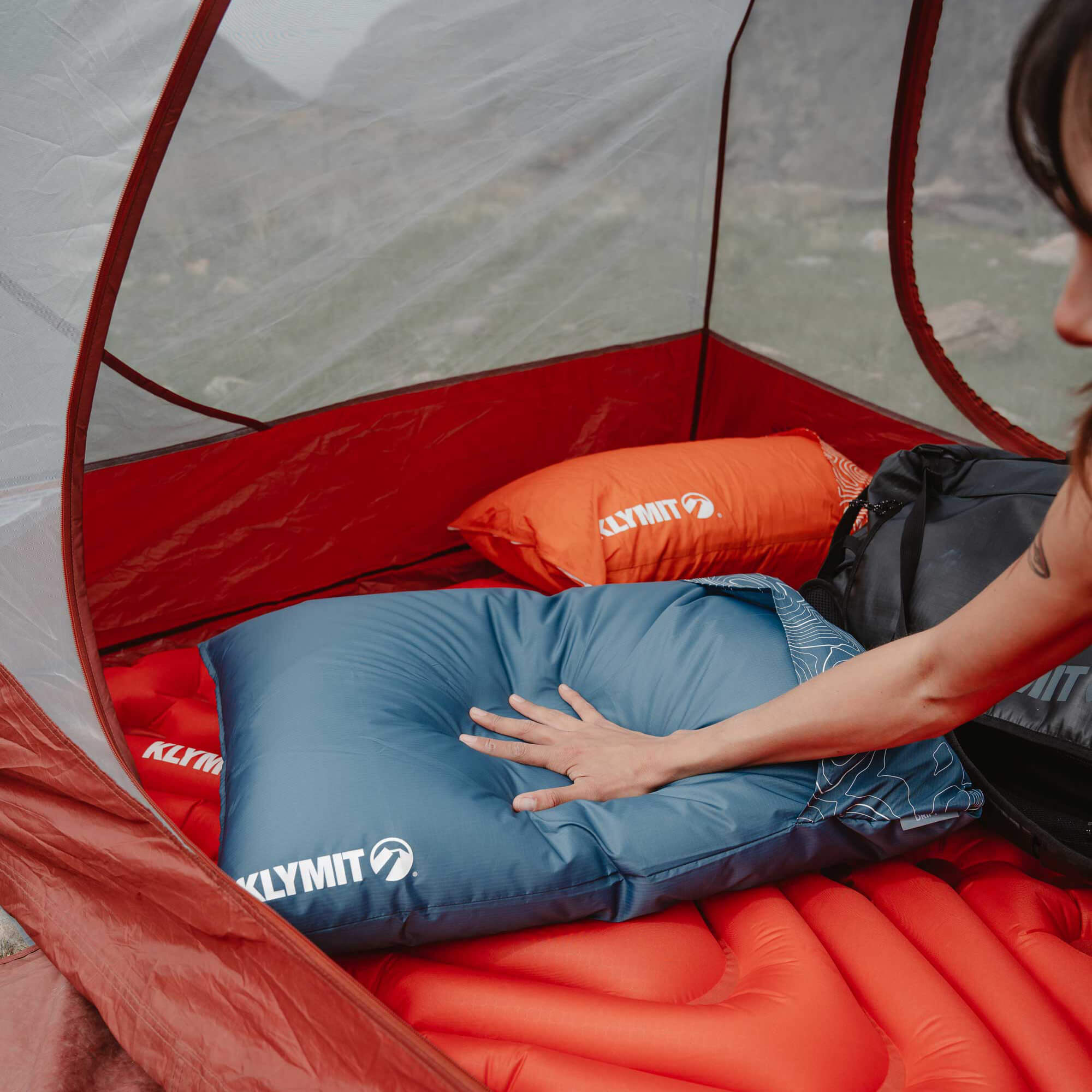Setting up a winter campsite requires careful consideration to ensure safety, warmth, and comfort in the face of harsh conditions. Here’s a breakdown of key steps and tips to help you build a suitable winter campsite, establish shelter, and stay warm and safe during your winter camping adventure.

Selecting a Campsite Location
Choosing the right location for your winter campsite is the first step to success:
- Avoid Hazards: Stay clear of areas with dead trees or overhanging branches that could fall due to snow or wind. Additionally, avoid camping on avalanche-prone slopes, especially in areas with fresh snow.
- Find Flat Ground: Look for flat, sheltered areas that are not prone to wind gusts or snowdrifts. If possible, choose a spot near a natural windbreak like a grove of trees or a rock formation.
- Clear Snow and Ice: Before setting up your tent, clear the snow and ice to create a level surface. This ensures a more comfortable sleeping area and prevents the snow from melting and getting your tent wet.
- Consider Proximity to Water: It’s important to camp near a water source, but be mindful of ice or snow-covered streams. Melt snow if necessary for drinking water and make sure to purify it before consumption.
- Sun Exposure: Be aware of the sun’s path, as morning sun can help warm up your shelter. Choose a location that will receive some sunlight to keep the temperature inside your shelter more comfortable.

Shelter Options
Choosing the right shelter is crucial for protection from the elements:
- Four-Season Tent: The most common choice for winter camping is a four-season tent, which is designed to withstand heavy snow, strong winds, and freezing temperatures. These tents typically have stronger frames, reinforced seams, and insulated walls to retain heat.
- Alternative Shelters: If you’re looking for more space or a unique experience, consider options like a yurt, teepee, or snow trench shelters. These can provide better insulation and more living space, but they may require more setup time.
- Hammocks and Tarps: If you’re planning to camp in a forested area and the temperatures aren’t extreme, a hammock with a tarp can provide a lightweight and functional shelter. Just make sure it’s well insulated, like with an underquilt or additional tarps, to protect against the lack of insulation on your backside.

Insulating Your Campsite
To ensure you stay warm and comfortable in your winter campsite:
- Build a Snow Wall: Use surrounding snow to build a snow wall around your tent. This helps block wind and provides a buffer between the cold outside and your shelter. It also helps to create an additional layer of insulation.
- Ground Insulation: Even with a four-season tent, the ground will remain cold and can draw heat away from your body. Use an insulated sleeping pad and/or a thick foam mat under your sleeping bag. A reflective ground tarp can help retain heat and add an extra layer of protection.
- Use Natural Windbreaks: Whenever possible, use natural terrain or objects, like rocks, trees, or snowdrifts, to shield your shelter from the wind. This will help you conserve heat and maintain a more stable temperature inside your tent.

Building a Warm and Efficient Campfire
A good campfire is vital for warmth and cooking, but it requires careful planning:
- Select Dry Wood: Always collect dry wood or purchase firewood in advance. If snow or moisture has soaked the wood, try to dry it out by stacking it near your shelter or using a fire starter to dry the pieces.
- Fire Setup: Arrange the wood in a teepee shape with plenty of space in the middle for air circulation. This will allow the fire to burn more efficiently. Once your fire has started, continue to add pieces to the fire in a log cabin shape around the teepee. This will keep your fire steady and secure.
- Tinder and Kindling: Use dry leaves, small twigs, or fire starters to get the fire going. Once the fire is burning well, gradually add larger pieces of wood to sustain the heat.
- Safety First: Always keep a bucket of water or snow nearby in case the fire spreads, and maintain a safe distance from your shelter and any flammable materials.

Cooking and Food Storage in Winter
Maintaining your nutrition is essential in winter conditions. Follow these tips to ensure your food stays fresh and your meals are easy to prepare:
- Portable Cooking Gear: Opt for lightweight, compact cooking equipment that can withstand the cold. Jetboil stoves, for example, are reliable and work well in freezing temperatures.
- Prevent Freezing: Store food in insulated containers or vacuum-sealed bags to prevent it from freezing. You can also bury perishables in snow (in sealed containers) to keep them cool but safe from freezing.
- Use Snow as a Refrigerator: In snowy environments, you can use snow to naturally chill food. Just be sure that containers are tightly sealed to prevent contamination and keep the snow from mixing with the food.
- Hearty Meals: Choose meals that are calorie-dense and easy to prepare in winter. Foods that require less water (like dehydrated meals) or those that can be eaten without cooking, such as nuts, jerky, and energy bars, can be especially useful in the cold.

Additional Winter Camping Tips
- Layering Clothing: Dress in layers to regulate body temperature. Use moisture-wicking base layers, an insulating mid-layer (like fleece or down), and a waterproof, windproof outer layer.
- Staying Dry: Always keep your clothing dry, as wet clothes can lead to hypothermia. Bring spare clothes, especially socks and gloves.
- Sleep System: Ensure your sleeping bag is rated for winter temperatures. Consider a down sleeping bag and a sleeping bag liner to add extra warmth. A good sleeping pad will also insulate you from the cold ground.
Conclusion
Winter camping offers a unique and exhilarating experience, but it requires thoughtful preparation and attention to detail to ensure warmth, comfort, and safety. By selecting the right campsite, building a strong shelter, staying warm, and following essential fire safety guidelines, you can enjoy your winter adventure with peace of mind.
